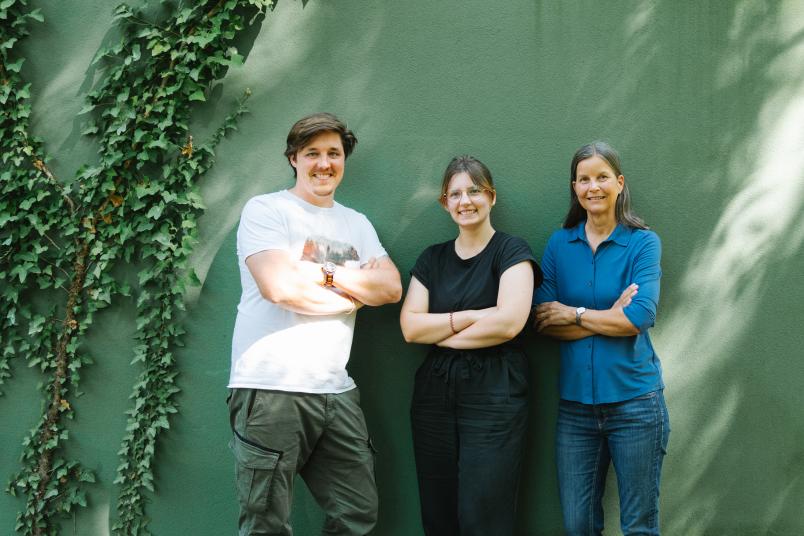
Biology
A Glimpse into the Chloroplast Workshop
It takes a lot of helpers to build up the protein complexes required for photosynthesis and to constantly repair them in strong light.
Photosynthesis takes place before our eyes every day in every single little green leaf – yet the details of the complex process have not yet been fully understood. A research team at Ruhr University Bochum headed by Professor Danja Schünemann has unravelled another piece of the puzzle. The team, led by former PhD student Dominique Stolle and current PhD student Lena Osterhoff, analyzed how the protein D1, which is vital for photosynthesis, is constructed and developed a new in-vitro technique for this purpose. It turned out that around 140 proteins are presumably involved in the process, some of which were previously undescribed. The researchers characterized one particularly important protein in more detail. They published their report in the EMBO Journal on August 27, 2024.
Continuous repair cycle
The research addressed the biogenesis of protein complexes in chloroplasts. It focused primarily on the formation of the protein D1, an essential component of photosystem II. The protein is integrated into the thylakoid membrane and is constantly damaged to such an extent, particularly in strong light, that it has to be degraded and rebuilt in a continuous repair cycle. “This degradation and reconstruction is an incredibly complicated process, just like the de novo synthesis of the entire photosystem,” stresses Danja Schünemann. “The more than 20 subunits of this system all have to be produced in the cell, transported to their final destination and eventually assembled there.”
Watching ribosomes at work
In order to gain a better understanding of these mechanisms, her team developed a novel in-vitro method that for the first time makes it possible to purify the ribosomes that are currently producing the D1 protein while they are doing their work. “Until now, it was only possible to purify ribosomes in general,” explains Danja Schünemann. “Now we can look over their shoulders as they work, so to speak.” The researchers also determined which additional factors – apart from the ribosomes – are involved in the assembly of D1. They identified 140 proteins – some that were already known from other processes, others that had not yet been described.
For a more in-depth analysis, the team picked out a particularly prominent protein: STIC2. “We knew that it fulfills an important function in the construction of the thylakoid membrane, but we didn’t know exactly what that function was,” explain the researchers. They demonstrated that this protein works closely with another protein, SRP54, in the formation and repair of D1. “STIC2 interacts with certain structures in the thylakoid membranes, which is crucial for the correct incorporation of D1 and presumably other central proteins of the photosystems into the membrane,” says Danja Schünemann.